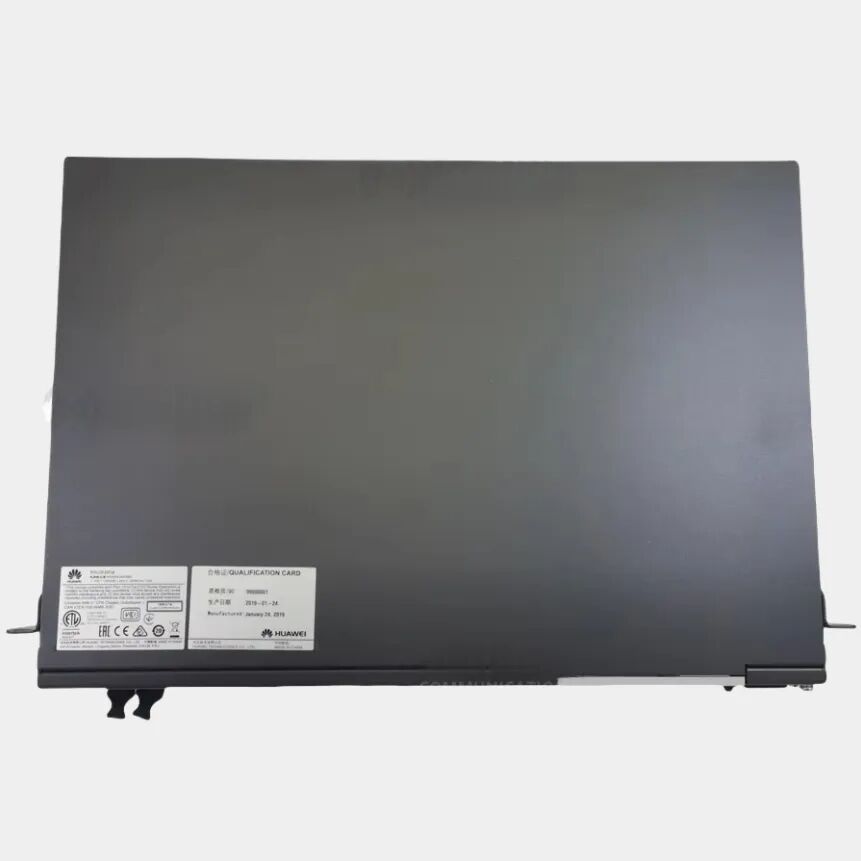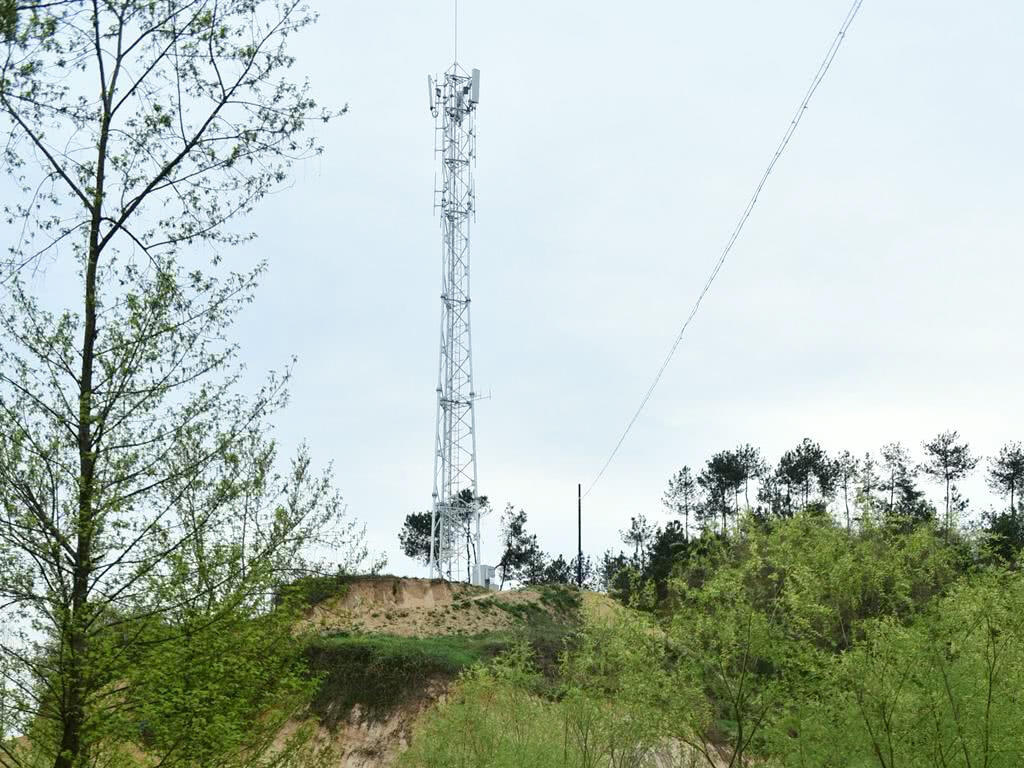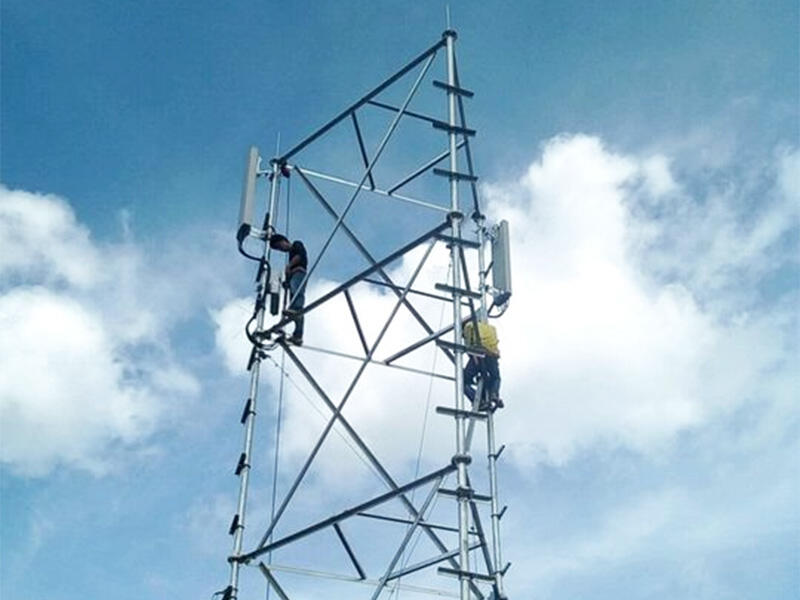The evolution of mobile baseband clock architectures tracks alongside the development of mobile devices. As new applications and services become available on mobile devices, the demand for instant real time data transfer increases.
Communication technology facilitates the enhancement of voice and data calls over mobile devices on the 3G, 4G, and 5G networks. From the mobile network, mobile devices get tracked automatically, making mobile services accessible in real-time.
From the observations and purpose of this research, it stands out to me that a performance and technology verification automated… architecture topology decomposition procedure needs to be developed as a sequence. The realization of the algorithm requires automated deconstruction of system designs for all levels of integration and abstraction.
There has been an improvement in the efficiency of data transmission and the network with the move from 3G to 4G. 3G technology, which aimed at improving voice calls, laid the backbone of data-centric applications. However, 4G revolutionized mobile internet by streaming videos, online gaming, real time communications, and several other services at incredible speeds. To keep the baseband boards from becoming outdated, modifications on the processing units were needed to make them adapt effortlessly to increasing data traffic.
The shift to the advanced 5G era with Ultra Reliable Low Latency Communication (5G URLLC), Enhanced Mobile Broadband (5G EMMB), and Massive Machine Type Communication (5G mMTC) is helping boost advancement in baseband boards. These boards will now also need to improve their periphreading capabilities and manage many simultaneous connections while processing data at a faster rate. To reach benchmarks for performance in high user and device area in dense urban centers, baseband boards are required to incorporate more powerful technologies, like beamforming and massive MIMO (Multiple Input Multiple Output) along with changes in architecture.
Moreover, there are more stringent requirements for size and power consumption which has led to greater constraints in the design and manufacture of baseband boards. All these changes occur in conjunction with mobile devices that become slimmer and more powerful. Now there is a shift focus towards small form factor baseband boards that are high performance and optimized for mininal energy use. This shift is crucial in meeting consumer targets in this age where mobile devices are an integral part of one’s day to day life.
In conclusion, all these devices form the backbone of the teleportation and communication tech industries, and they have successfully achieved the growth of ‘3G’ to ‘4G’ and now ‘5G’ with even more abilities to come. The need for mobile, high-speed, and resource-efficient devices increases by the day, leaving baseband boards with no room for neglect. The changes made towards the baseband board will revolutionize mobile device technology in telecommunications, marking it as the primary target for investment and innovation. These changes will set the pace for forward-looking investors aiming to dominate the competitive and ever-evolving market.








